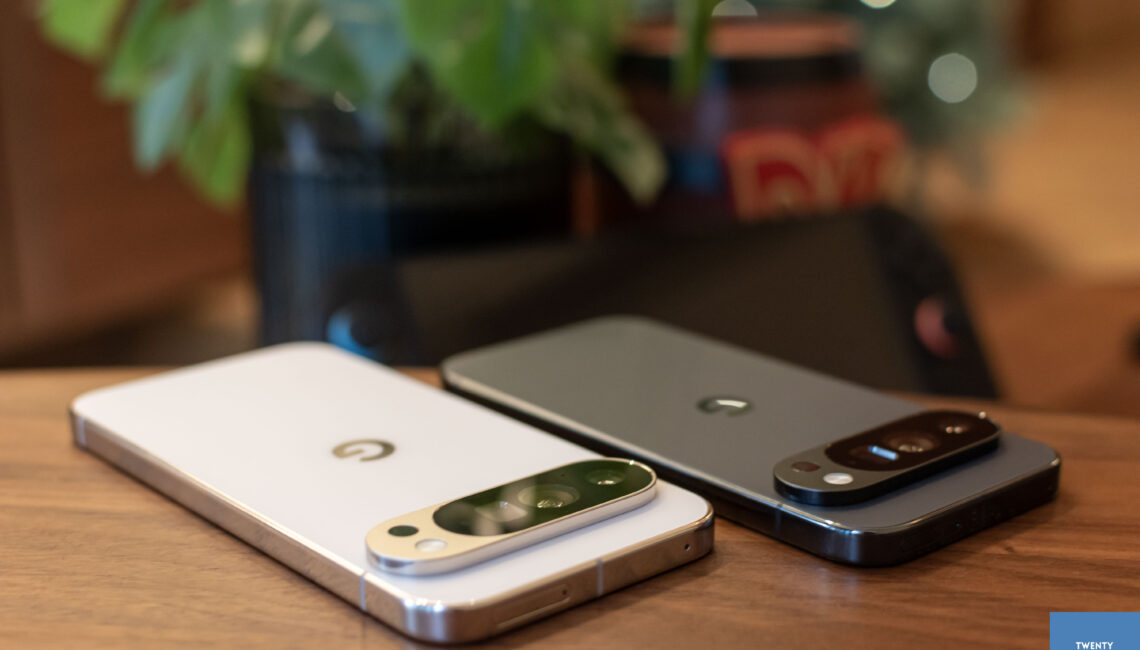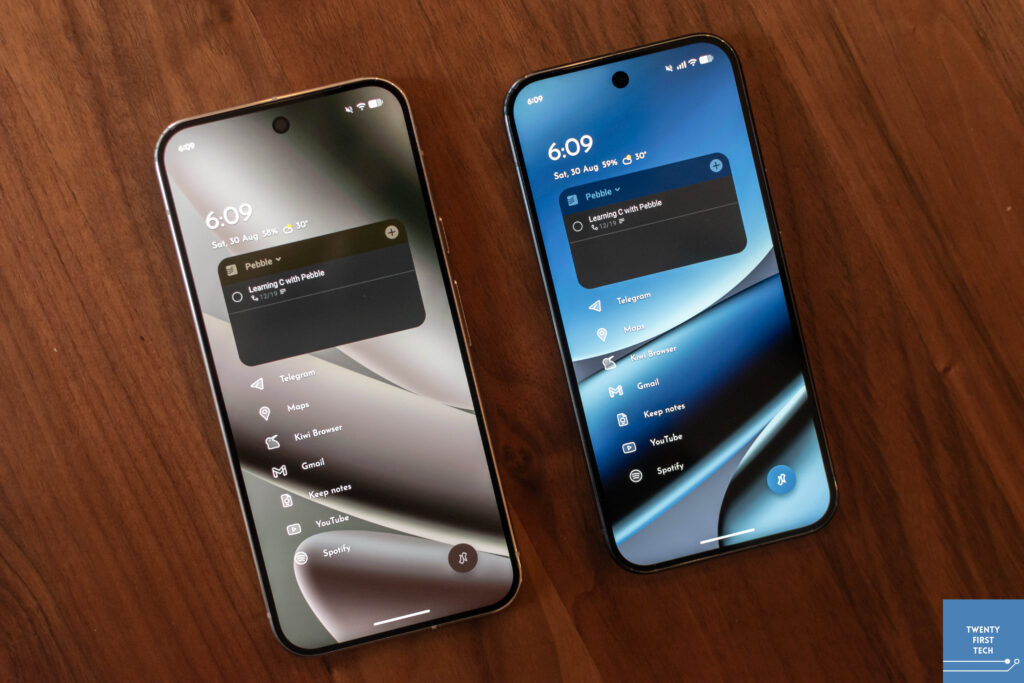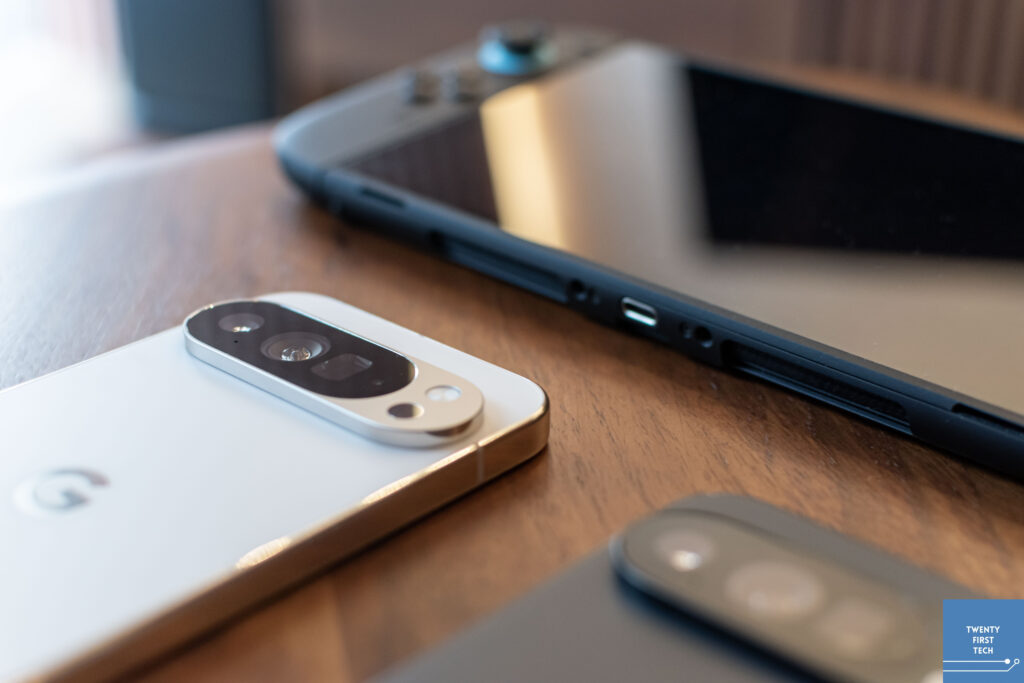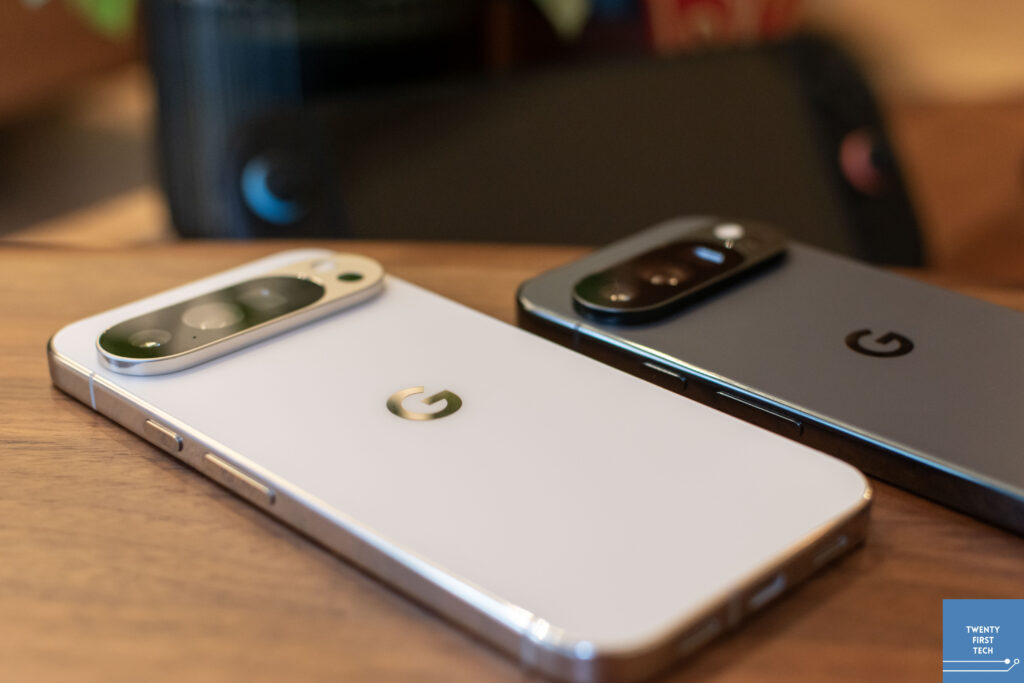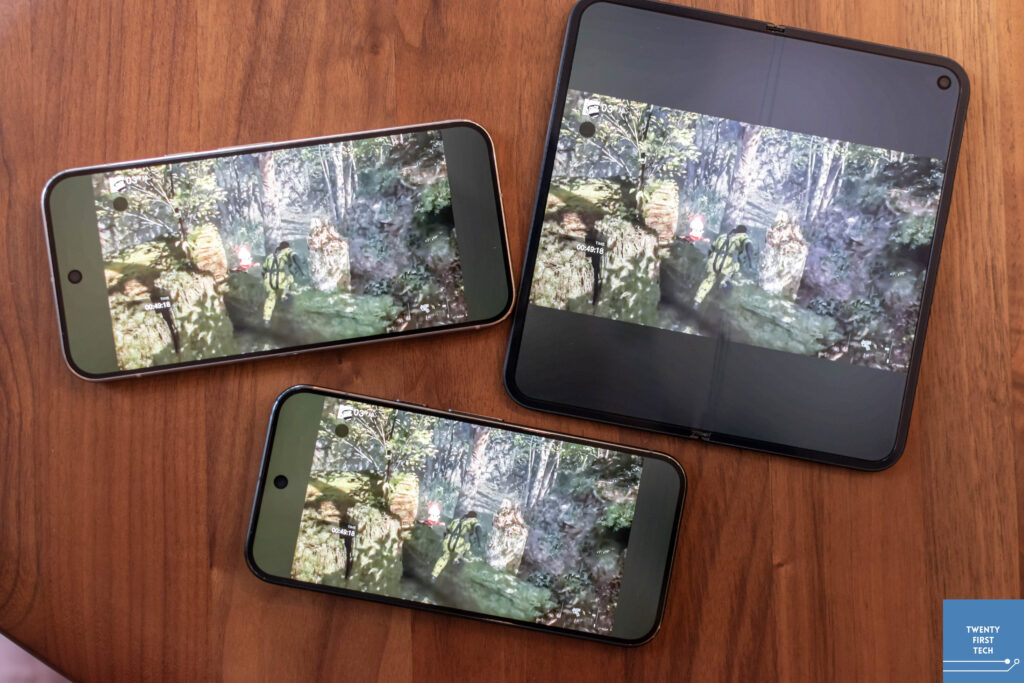I’ll be honest. There really isn’t much to talk about the Pixel 10 Pro/XL. In fact, I think one could make the argument that this has been the most underwhelming refresh in Pixel history.
It starts with the aesthetics. Physically, the phones look practically identical to last year’s. But the similarities extend beneath the surface as well. The camera hardware, for instance, is identical. The display and battery are mostly the same. And the processor – we’ll come back to that shortly.
In many ways, the online discourse around the phones has been more interesting than the phones themselves. So let’s just start with the big questions that everyone is asking.
The big questions
Does the Tensor G5 live up to the hype?
In short, no; but as usual, if you don’t game on your phone, it doesn’t matter.
If you’re not in the know, expectations were running high for the Tensor G5. The rumour was that Google would finally switch from Samsung fabrication to TSMC. The hope was that doing so would give the Pixel 10 better thermals, efficiency, and performance, finally rivaling the chips from Qualcomm or Apple. It was to the point where some people skipped getting the Pixel 9 to wait for the Pixel 10.
Come launch however, controversy arose as Pixel 10 posted Geekbench GPU scores that were half that of Pixel 9. I ran the tests myself and found this to be true – the Pixel 10 Pro/XL scored 3128/3219 respectively on the OpenCL benchmark compared to my Pixel 9 Pro Fold’s 8281. But such a poor result led me to believe that it was an issue with Geekbench specifically, rather than indicative of actual GPU performance.
Sure enough, running 3DMark’s Wild Life Stress Test, which simulates prolonged GPU load akin to long gaming sessions, the Pixel 10 Pro/XL outperforms my Pixel 9 Pro Fold by quite a fair margin. At least, initially. After 20 min it throttled down to a performance that was only slightly better than the previous generation. I verified this with a brief Genshin session, where similar to my Pixel 9 Pro Fold, the Pixel 10 Pro/XL is able to push 60fps at first, but quickly gets hot and throttles to the 50+fps range.

There are 2 things to note here. First, 3D gaming performance isn’t much better than the Pixel 9 Pro/XL. Second, performance is far inferior to what you’d get on the latest Snapdragon or iPhone. If you play intensive 3D games on your phone, the narrative is the same — maybe don’t get a Pixel.
CPU performance saw a more significant bump, ~20% better in single core and ~80% better in multi core performance compared to the previous generation, which puts in on par with last year’s Snapdragon 8 Gen 3-toting flagship competition.
Of course, none of this matters in practice. For 99% of people’s use cases, you won’t notice a difference in general performance compared to the latest Galaxy or iPhone. I personally don’t care.
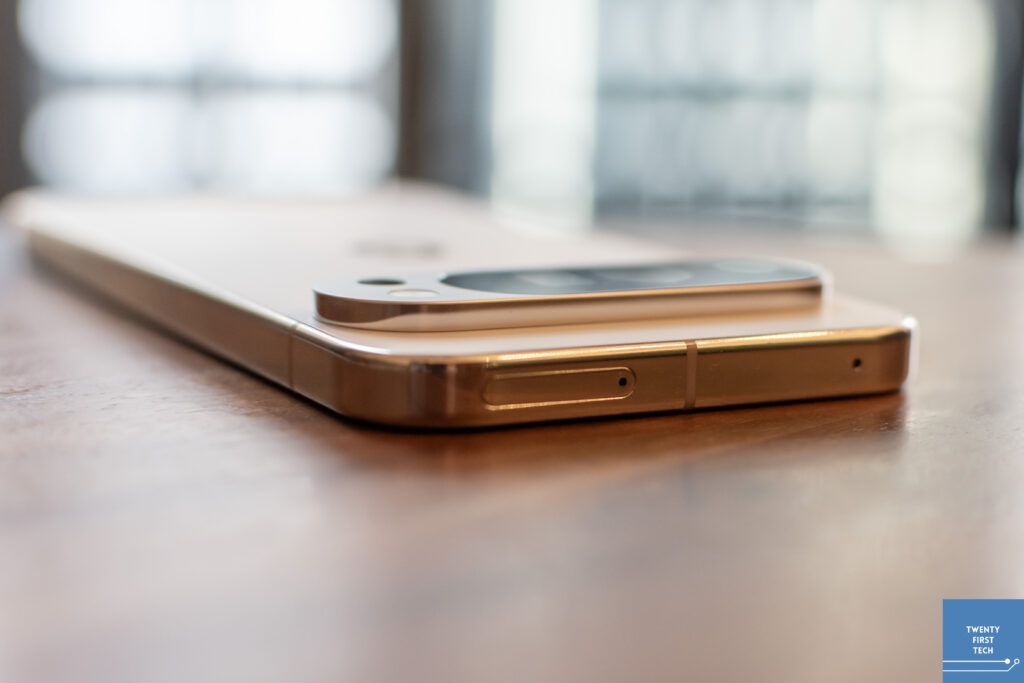
Did they really remove physical SIMs?
In the US? Yes. There is no SIM card slot, you have to use an eSIM. In Singapore? No, the physical SIM slot remains. But only if you buy from official retailers here – if you’re getting an import set, be sure to double check the SIM slot situation.
Are all of the new AI features available in Singapore?
No, but most of them are. Here’s the list based on my testing:
Available in Singapore
- Magic cue. This feature supposedly pulls out relevant information across Google apps. But unfortunately, it seems to be just as non-functional as in the US. When a friend texted me on Messages asking about my upcoming flight, it was able to pull the correct date and time from my flight confirmation email, but not other important details like the flight number. It didn’t work consistently either — sometimes, Magic Cue would fail to surface anything. Unlikely to be useful in its current state.
- 100x Pro Res Zoom. Uses AI to enhance details not actually captured by the sensor at 100x zoom. I’m not sure how I feel about it, because well, the image is straight-up fake. And I feel like the main use case for 100x zoom is to view something in the distance that you can’t quite make out with the naked eye — so what’s the point if it’s fake? Either way, from my testing the results are quite convincing for buildings and greenery — but you’ll know that it’s fake when you try to take a photo of any words or patterns – like the Singapore flag below. In comparison, the Pixel 9 Pro/XL could only go up to 30x, albeit real zoom.
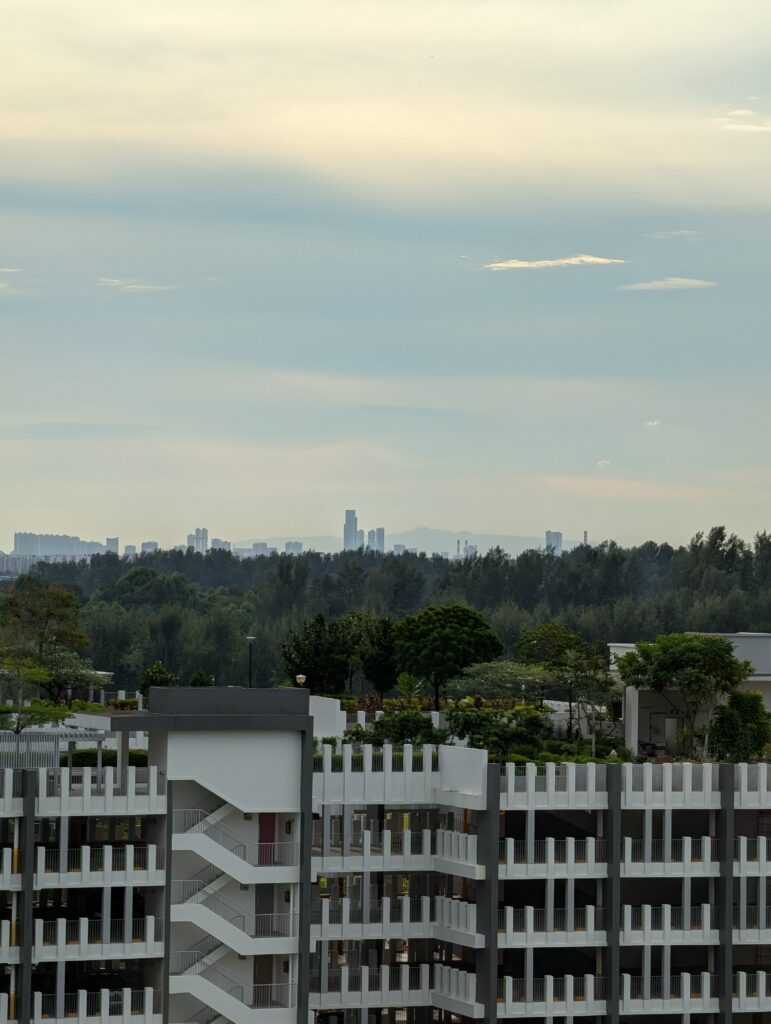


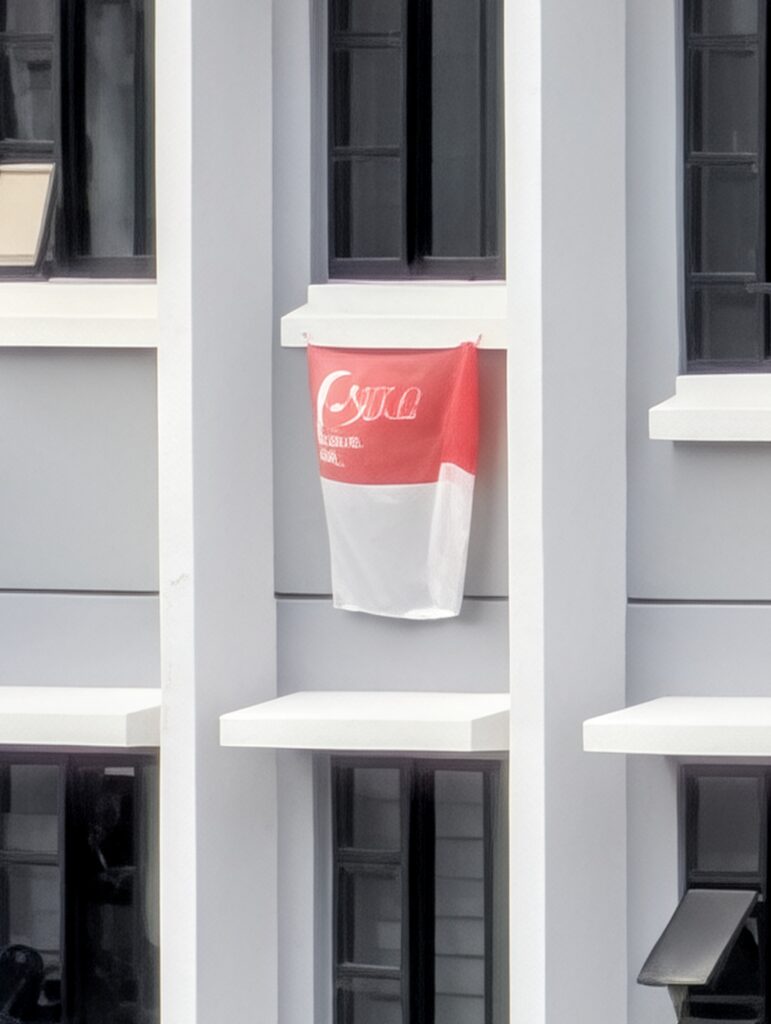

- Voice Translate. During a call, you can select a native language for yourself and the person that you’re speaking to, and it will translate back and forth in near real-time, in the voice of the person speaking. Unfortunately again, I think this feature is unlikely to be useful in Singapore as Chinese, Malay, and Tamil are all not supported. You can find the full list of languages supported here. I tested it with my rudimentary Japanese and it somewhat works? There are two points of failure here — the initial transcription and the later translation, so it doesn’t get it right a lot of the time. Definitely still feels like a beta feature.
- Camera Coach. Tapping a button on the top right of the viewfinder UI will use AI to suggest changes in composition. Again, not sure who would actually use this.
- Auto Best Take. An extension of Best Take, where you can choose to combine multiple photos to merge the best facial expression for each person in the photo. It now does this automatically. Perhaps the most useful feature out of the bunch if you take group photos often.
Not available in Singapore
- Conversational AI Photo Editing. In the US you can now edit photos by just telling Gemini what you want – I haven’t been able to find this option on my Pixel 10 review unit.
What’s new from the Pixel 9 Pro/XL
Not much. Here’s a list.
- Pixel Snap. Pixel 10 Pro/XL now supports magnetic charging and accessories, like the iPhone. And it’s also compatible with Apple’s magsafe accessories. Wireless charging is also faster with the new Qi2 standard (15W/25W vs 12W for the Pro/XL respectively)
- Battery. Ever so slightly larger batteries (4870/5200 vs 4700/5060 mAh for the Pro/XL respectively) and faster wired charging (30/45 vs 27/37 W for the Pro/XL respectively). In practice though, battery life is almost identical, if not slightly worse. That is to say, it’s fine, but it’s not going to exceed anyone’s expectations. And Charging is also just fine. In my testing, the Pro/XL went from 23% to 71/77% in 40 min respectively.
- Slightly brighter displays. 3300 vs 3000 nits of peak brightness. Hardly noticeable.
- Aforementioned processor bump.
- Aforementioned AI features.
It’s such a short list in fact that you can read my Pixel 9 Pro/XL review to get a good sense of how the Pixel 10 Pro/XL fares. But here’s a summary of things that I haven’t already covered above:
- Displays are excellent
- Build quality is excellent, but heavy
- Still camera performance is excellent; video recording not so much
The Verdict
Ultimately, Google failed to deliver on any significant changes that one might expect from a 10th generation product. The optimistic among us might say that perhaps they’re saving the good stuff for the Pixel’s 10th anniversary next year. But if there’s a lesson to be learnt from the under-delivery of the Tensor G5, it’s that you shouldn’t base a purchase decision on what’s expected to come next year. You should base it on what’s on the market now.
So that brings us to price. Keeping in theme, it’s unchanged from last year. That is to say, it ranges from S$1,459 for the 128GB Pixel 10 Pro to S$2,239 on the 1TB Pixel 10 Pro XL. On paper, the prices seem steep. But the thing about Pixels is that you can snag them at a deep discount on Shopee within a couple of months from launch. And with that the calculus greatly shifts in its favour.
Every phone has compromises, and choosing a phone is about choosing the compromises that work for you. Personally, I like Pixel because I like the software and still camera performance, and I don’t care about gaming or video performance. If that sounds like you, you’ll be very happy with a Pixel. But if you do care about those things, you might be better off with a Galaxy or iPhone.
That has been the narrative for many years. And perhaps the biggest disappointment from my time with the Pixel 10 Pro/XL is my discovery that Google has failed to change the narrative again this year.
And so, as with every year, we say: maybe next year.

